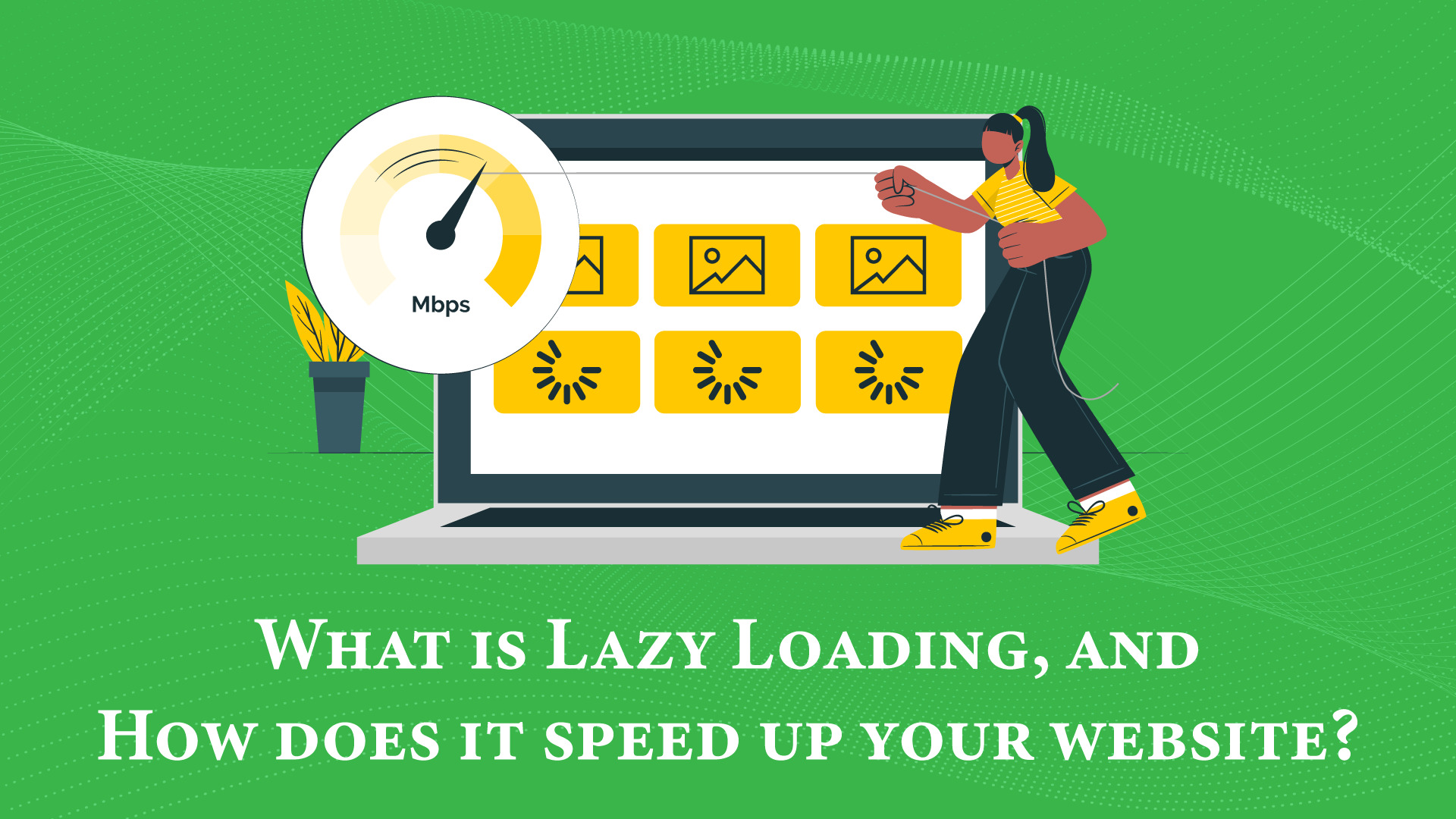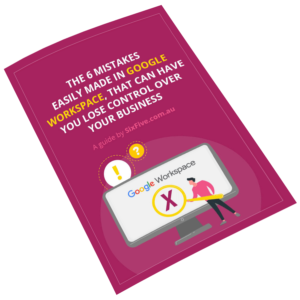
Website pages are almost always bigger than your screen. Because websites are supposed to guide visitors towards the right actions, you’ll rarely come across a page where scrolling down isn’t necessary. After all, the more helpful information is available on a site, the higher the chances of conversion.
That said, a lot of websites feature high-quality images, videos, and embedded interactive media (also known as iFrames). When all of those elements are loaded at the same time, that tends to waste system resources, battery, and significantly increase the overall processing time of your page. Which raises the question: what’s the point of including certain elements on your page if they could decrease the efficiency of your entire website?
That’s where a strategy called lazy loading will help. Essentially, what lazy loading does is: it holds off on certain elements until a user scrolls down to see them. This approach brings several benefits to the health of your page, and consequently to the health of your website.
In this article, we’ll go over what lazy loading is, how it works, what are some of the benefits it can bring, and which tools will help you.
Why is Website Speed Important?
No one wants to wait more than 3 seconds for a web page to load. That’s how the current internet-crazed world works. If a website takes too long to load, it’s pretty easy for a user to click back to the search engine results page (SERP) they came from and go to a different website. And, if the other website loads faster, they’re much more likely to stick around. Moral of the story: you’ve just lost yourself a potential customer.
Not only that, but page speed is a direct SEO ranking factor. So, to prevent your rankings from dropping and people from leaving, you should do something about your website speed ASAP.
What is lazy loading?
Although it may sound like a counterproductive term, lazy loading is actually a helpful technique web designers rely on to ensure quick-loading pages and a lower page weight.
Here’s what I mean:
Lazy loading will initially load above-the-fold (visible) elements only. Above-the-fold elements include anything that’s shown up at the top of a website – including the header, navigation bar, and any elements that appear before a user scrolls down.
The other elements of the page, the “off-screen” elements, will only be loaded as the user scrolls down to see more of the website. Because essential elements will only become visible as the user scrolls, the site will take less time to load.
How Does Lazy Loading Work?
Lazy loading works by front-loading the first features of a web page. This way, the loading time of a page will significantly decrease, in comparison to a page that loads all of its elements at once.
As an example, some images are way too heavy. Depending on the file size and resolution, certain images may take a long time to load. Not only can this be a source of impatience for users, but it can also increase the loading time of an entire page.
With lazy loading, the off-screen images, videos, and iframes will be on “stand-by” until the user scrolls down to see them. Using a bit of script to measure the viewport (visible section of the website) as it moves the system then triggers loading of new elements. Because it’s such a quick process, the visitor won’t be aware that the image was held off. Throughout their browsing experience, the page will look like it was fully loaded all along.
How to use Lazy Loading on Your Website
You could implement lazy loading on your website by enabling the “loading” attribute to your HTML. This will define whether an image should be instantly loaded, or whether it should only be loaded when the user reaches it. Note that the Safari browser doesn’t support this attribute.
However, I know a lot of you aren’t web developers. So, another way of using lazy loading on your website is by allowing tools like a WordPress plugin to do it for you.
Helpful Tools
As you probably know, platforms like WordPress offer a range of tools that help even the most inexperienced user set things up in just a few clicks. Here are a few of them that are dedicated to lazy loading – as well as their pros and their cons, based on user reviews.
Smush
Known as the most popular image optimization plugin for WordPress, Smush has now upgraded its set of tools to include lazy loading.
Smush allows users to choose what image files types should be lazy-loaded, ranging from .jpeg and .png to .gif. In their own words, you can do it “on the flip of a switch.”
Pros: Easy to use, intuitive, and great functionality (even in the free version).
Cons: A lot of users have pointed out that they’re unable to undo their changes in the free version of Smush, so be careful with that.
A3 Lazy Load
This mobile-oriented plugin promises to perform better the more content-heavy your site is. Lazy loading applies to posts, pages, widgets, thumbnails, and gravatars.
On their install page, they’ve even featured a demo of a whopping 1,000-image website to back up their claim, which is pretty awesome.
Pros: Works smoothly and “out of the box” without the need to customize or configure anything.
Cons: Users are mostly dissatisfied with a lack of support.
Lazy Load For Videos
This video-centered plugin replaces embedded Youtube and Vimeo videos with a clickable “preview” image. This way, you’ll avoid wasting your visitors’ time by loading videos only when this preview image is clicked.
Pros: A lightweight plugin with easy setup. Users are happy with the result the plugin showed on their loading speeds, and say it’s a “must-have” for Youtube videos.
Cons: There were complaints about a lot of white space near the videos, or cases in which videos disappeared completely. However, developers have already offered a quick fix for this problem.
Wrapping Up
Ever since Google rolled out The Page Experience Update in 2021, improving your page speed and page-level user experience is no longer a matter of choice. Your scrolls, clicks, and conversions all depend on it.
Lazy loading is by far one of the best ways to increase your page speed without having to let go of important assets in your website. Thus, your visitors can get a faster and better experience right out of the gate.

